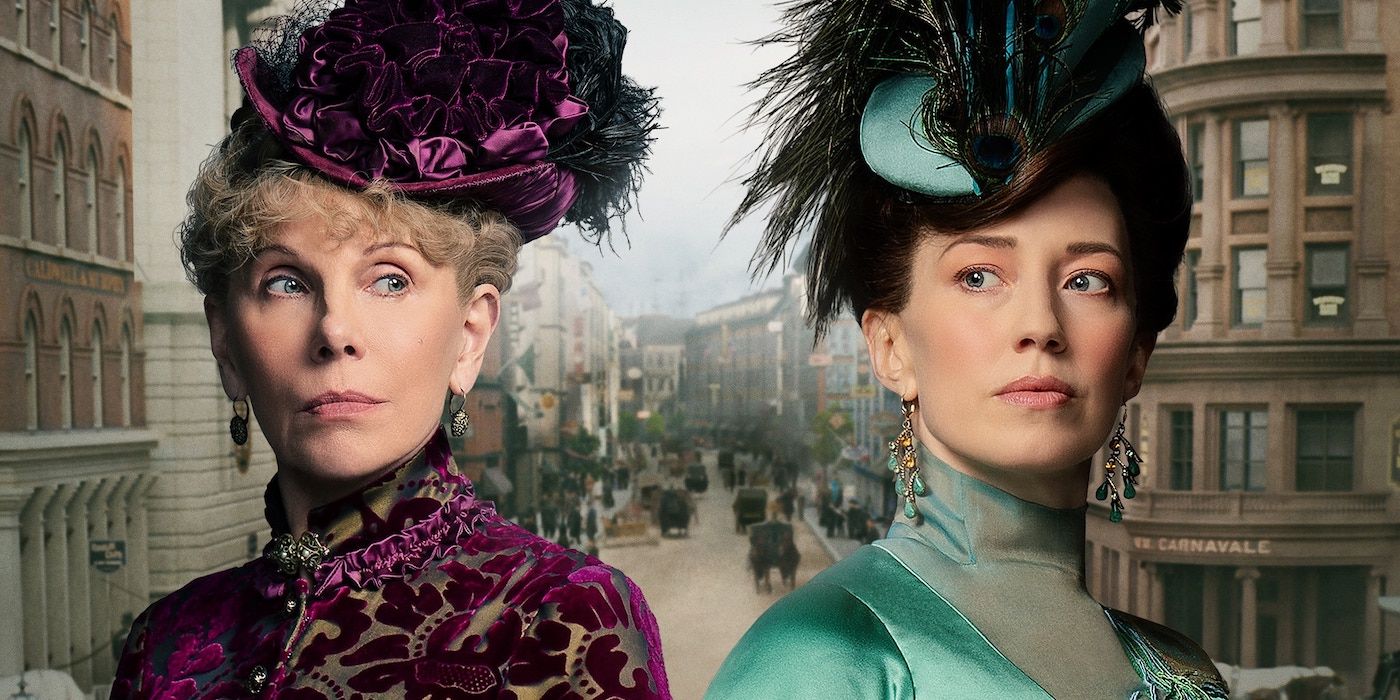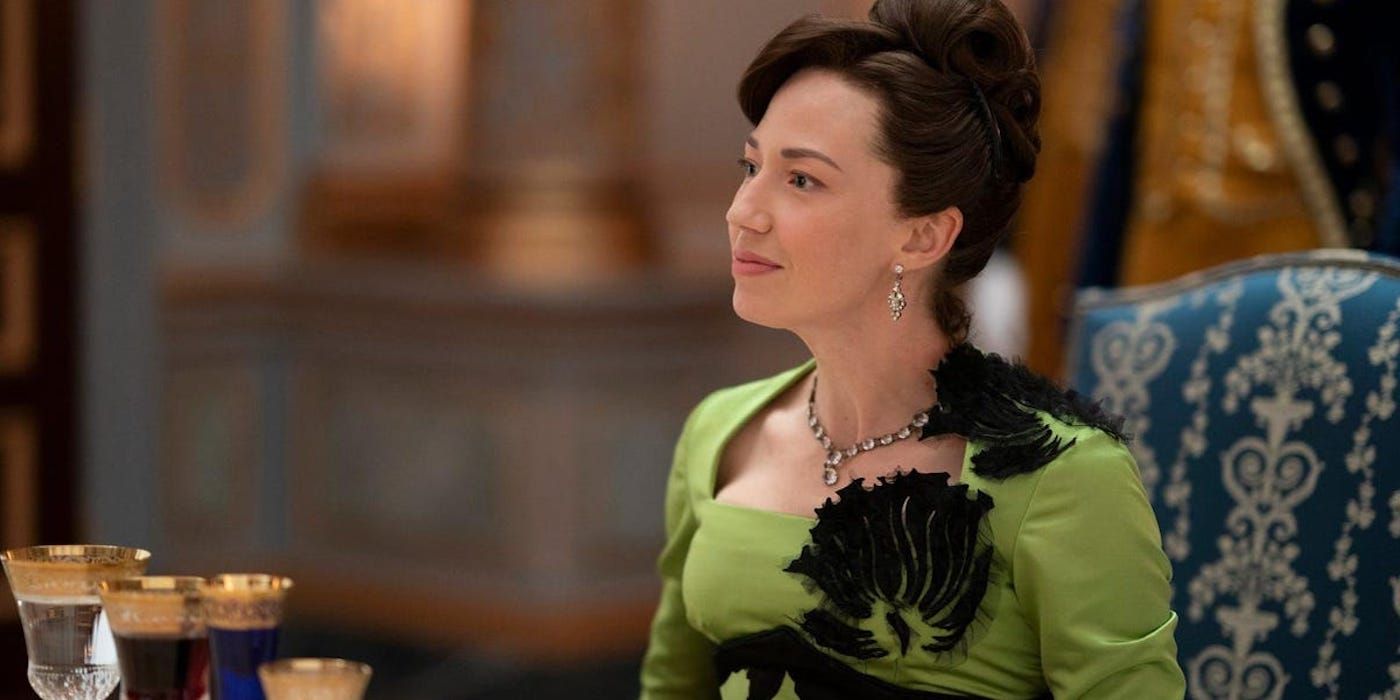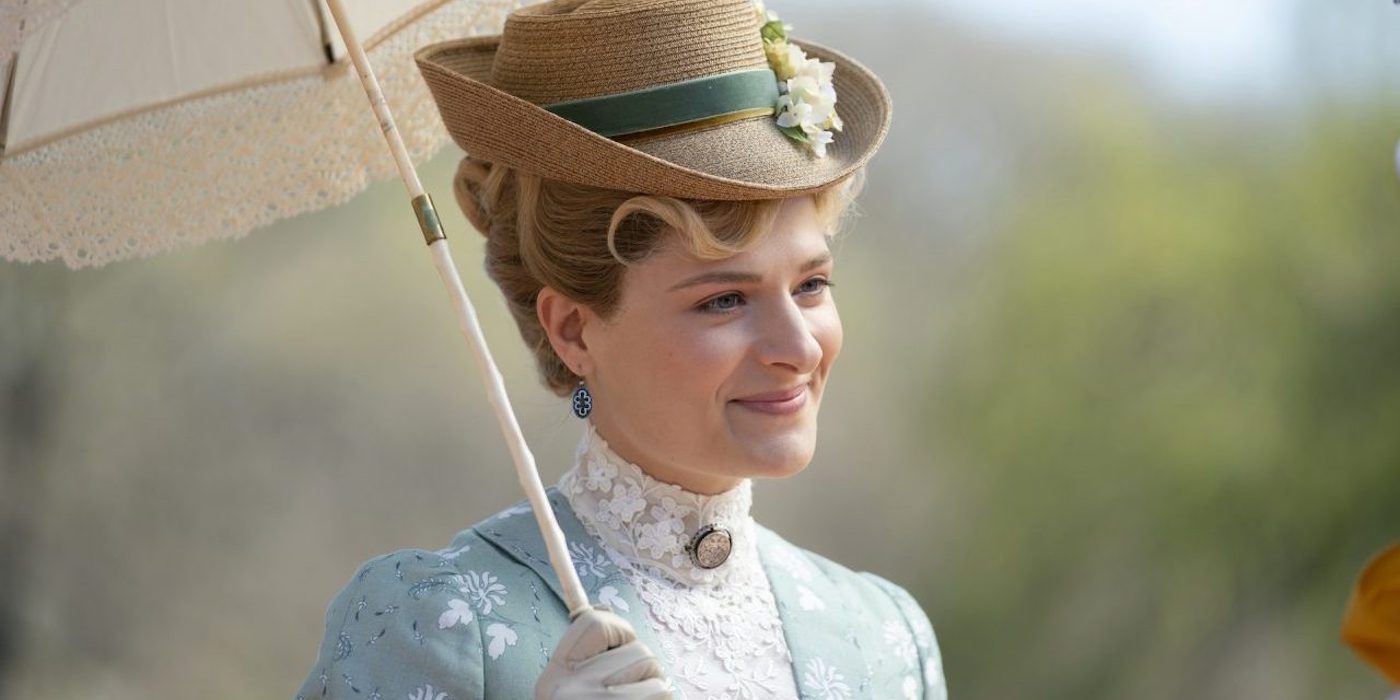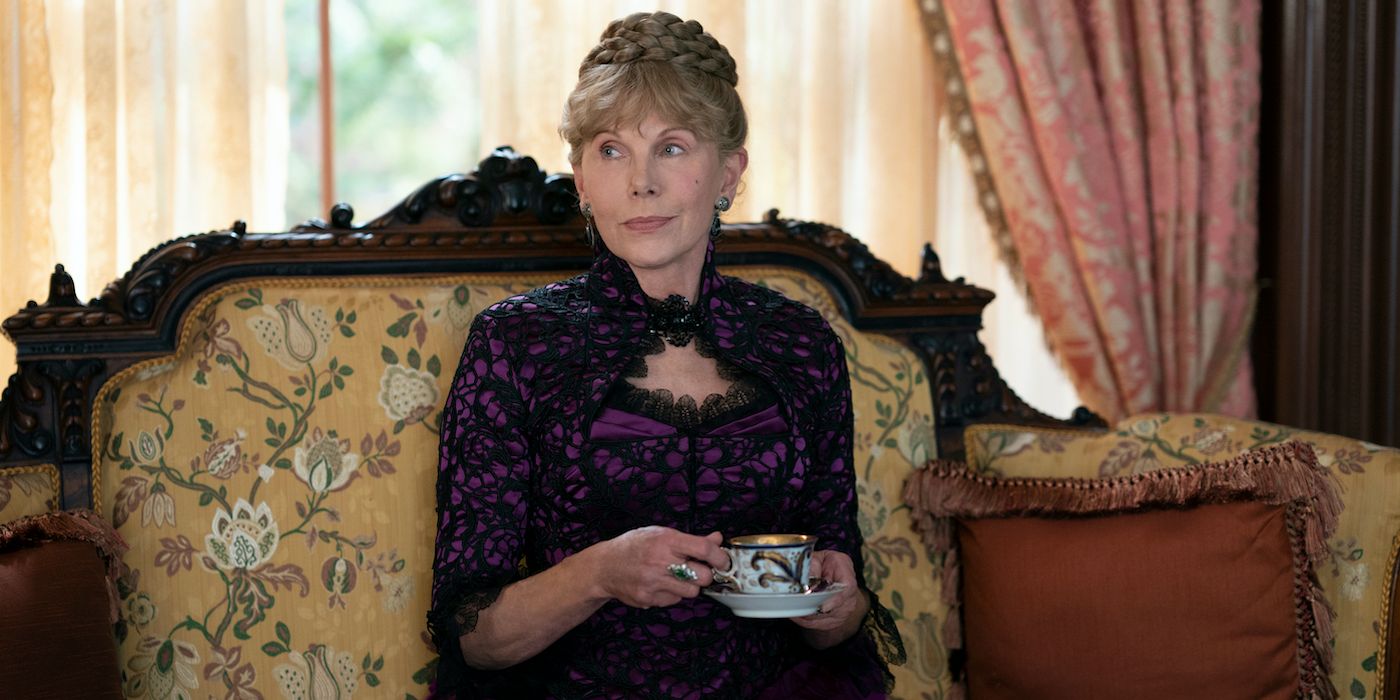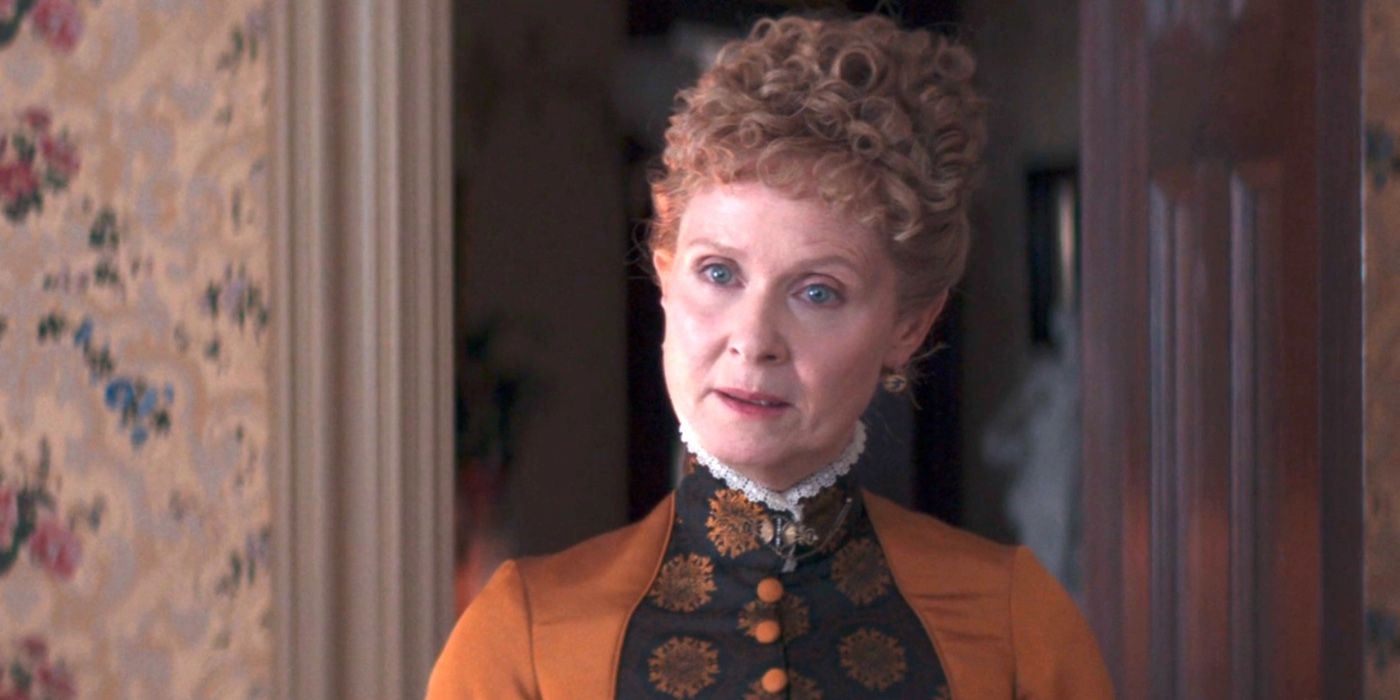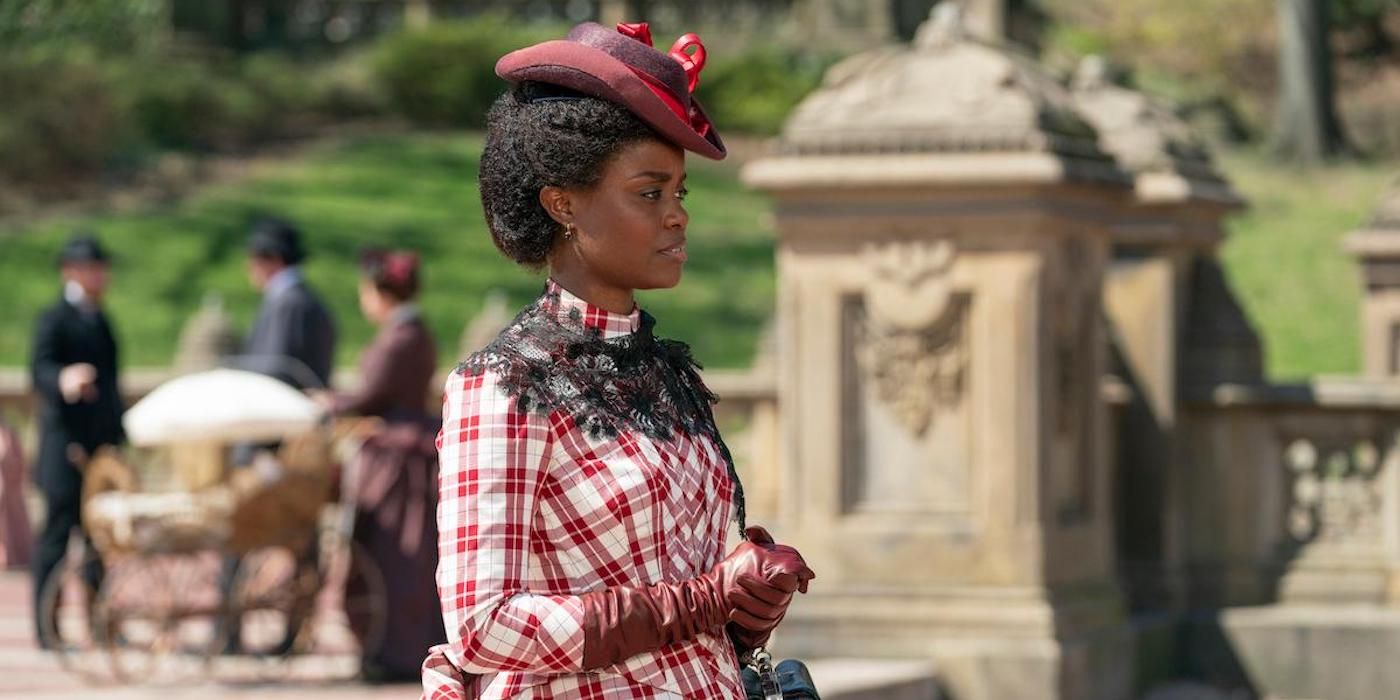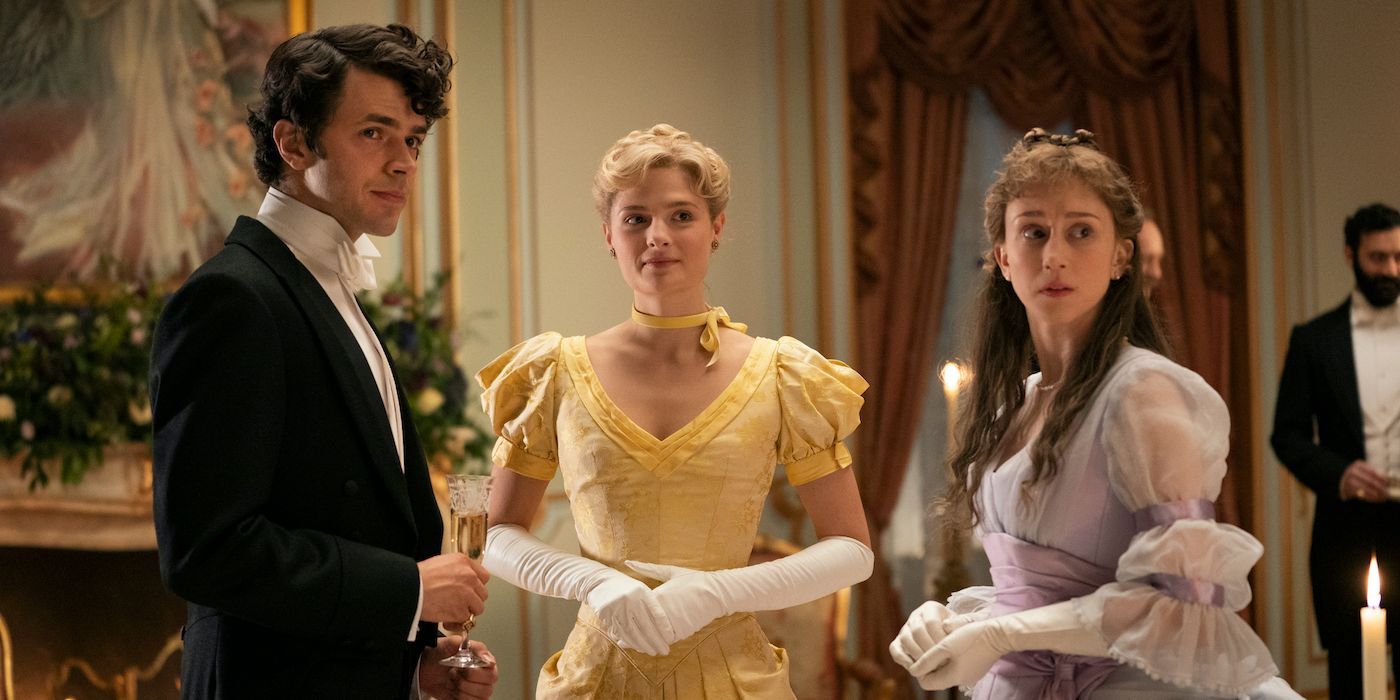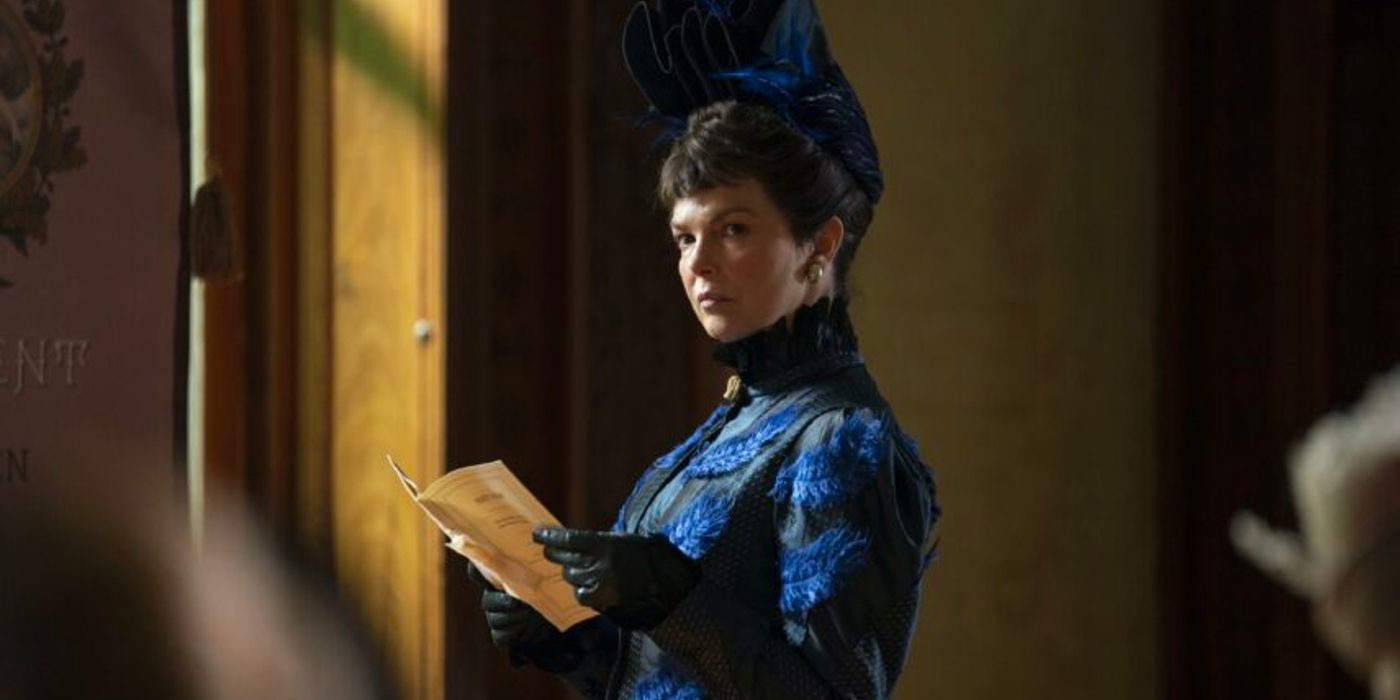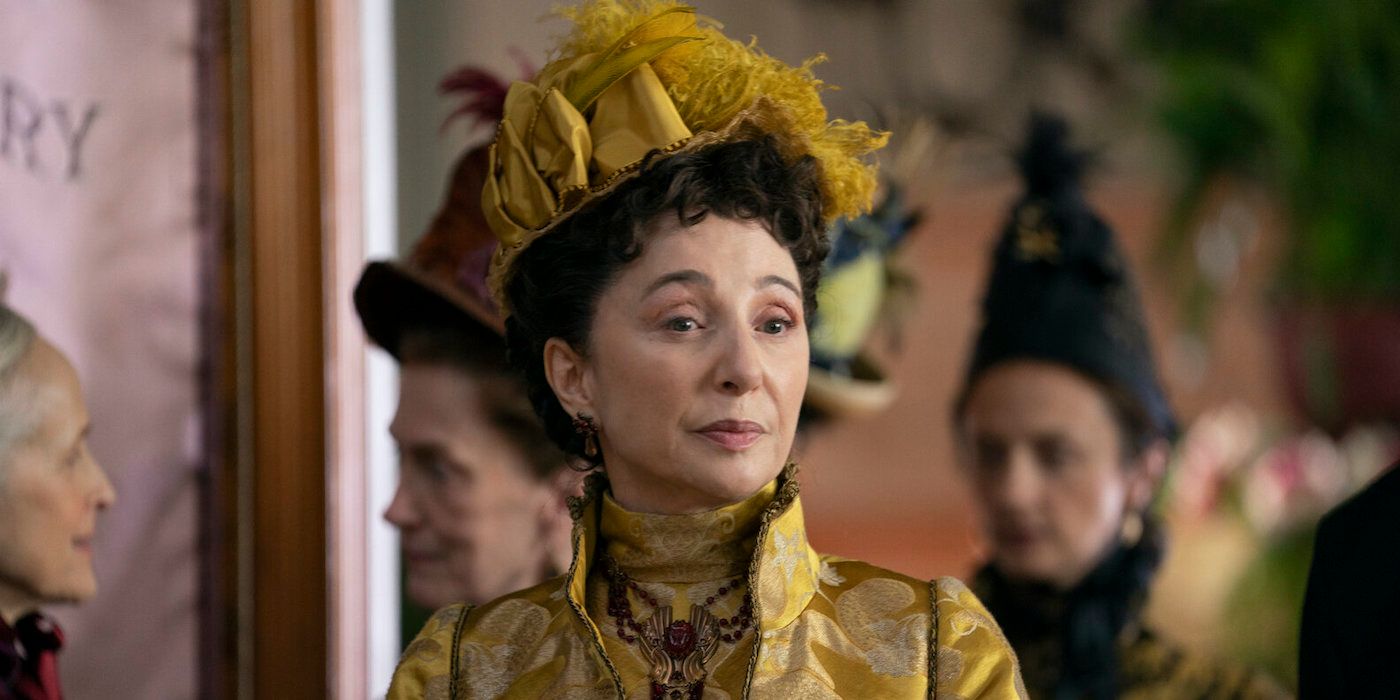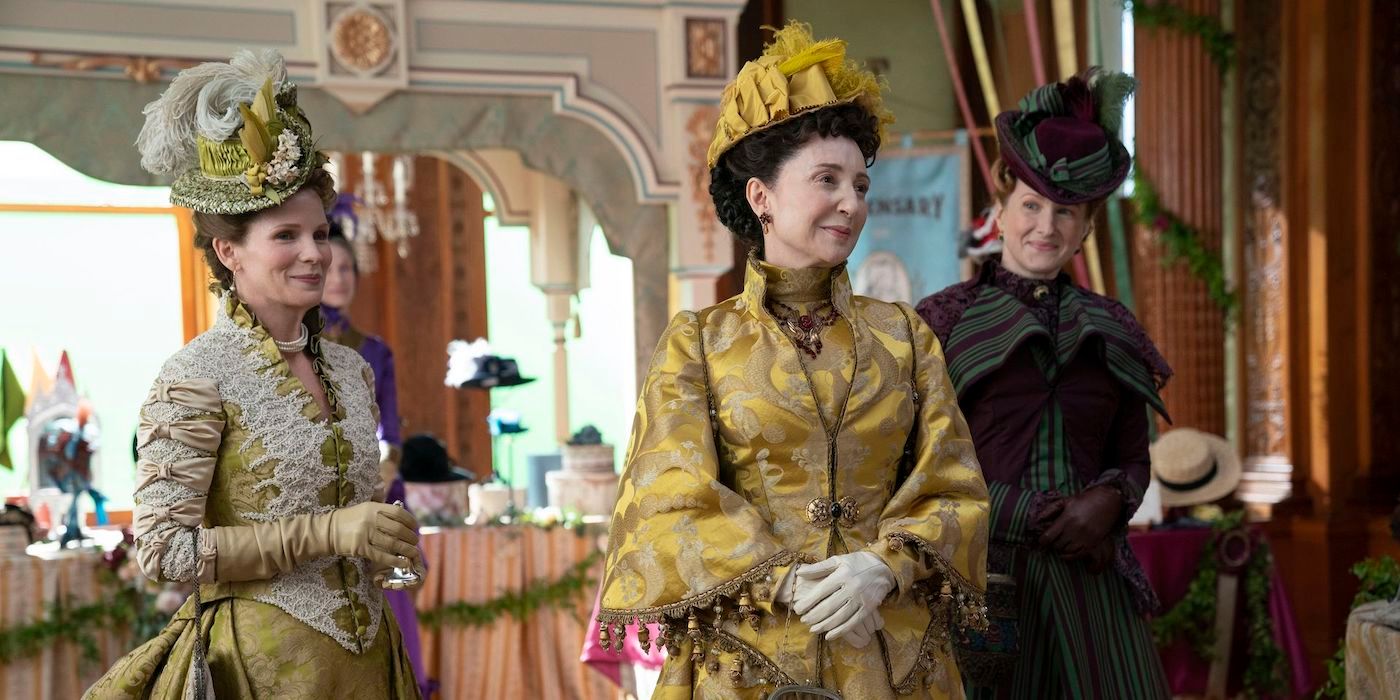It is no secret that the costumes of The Gilded Age are gorgeous, but there is a secret in The Gilded Ages costumes. The Gilded Age has done well to show the remarkable changes of the era, with innovations like the electric light bulb, telephone, and the beginnings of motion pictures—not to mention the arrival of the railroad. However, the most impressive display of the era’s changes are not seen in technology and transportation but rather in the beautiful dresses adorning the characters of the show, the dresses’ bright colors a dazzling revolution brought about by new artificial dyes.
The Gilded Age begins with Marian’s character discovering that she has been left penniless following her father’s death. She moves from rural Pennsylvania to New York City to live with her Aunts, Agnes and Ada, who embody what is known as New York’s “old wealth.” Meanwhile, New York City is seeing the rise of “new money” like the Russells, Marian’s Aunt’s new neighbors. By the time Marian arrives, battle lines have been drawn and Marian finds herself in the middle of a war without knowing which side she is on.
The Gilded Age captures a turning point in American history, not only economically and socially but also sartorially, with the new artificial dyes producing bolder colors and the city’s “new money” (like the Vanderbilt-esque Russells) bringing European influence to the style. Because of this, The Gilded Age’s costume designer, Walicka-Maimone, gave the main female characters each a specific palette that speaks to their personality and helps the audience identify their characters’ personalities. Here’s a breakdown of which palettes belong to which character and what that means about their respective personality.
Bertha Russell
Wife of railroad tycoon, George Russell, and the face of New York’s scorned “new money,” Bertha Russell is by far the boldest of the characters on The Gilded Age, and her palette reflects that. Her dresses are often the brightest in the room, like the verdant green gown she wore for dinner with Oscar Van Rhijn in The Gilded Age’s season 1, episode 3. It is also worth noting that the dress’ color may have been representative of her fresh money, contrary to Oscar Van Rhijn’s “old wealth” and that the dress’ green may also have been meant to infer Bertha’s raging jealousy of Oscar Van Rhijn’s family.
Silver is also a color seen frequently on Bertha. This is likely because the Russells gained their wealth through the railroad and the color is both symbolic of the silver railroad lines as well as the silver they acquired from them. To further this point, Bertha is seen in the color through episode 3 of The Gilded Age as George Russell flexes his power over the city aldermen.
The style of Bertha’s fashion is also bolder than the rest of society, with her frills and cuts reflecting a Parisian influence contrary to the American style of the rest of New York’s society at the time. As Wilson Chapman points out (via Variety), “While older New York City elite tended to stick within the purview of established American fashion, newcomers adopted European looks partially in an attempt to impress and develop a presence for themselves in a world they had only just begun to enter.” Bertha’s costumes bring to life her avant-garde personality and the idea that her money will bring big changes.
Marian
Marian Brook (played by Louisa Jacobson, youngest daughter of Don’t Look Up’s Meryl Streep) is mild and soft-spoken (though her softly spoken words are not always about what her Aunts would prefer) and, as a reflection of that, her palette is pale with light yellows and blues. Chapman says, “Marian, the outsider of New York, wears bright blues and yellows with floral patterns that symbolize her upbringing in the countryside and her naiveté compared to the woman around her.” Adorning her dresses with the tiny flowers may also be to give the impression that Marian is delicate.
Agnes
Agnes Van Rhijn’s palette is full of the dark tones of polished gems representative of New York’s old and established wealth. She is Bertha’s opposite in the show, her dresses elegant but understated with high collars and American cuts. Chapman also notes that the “stately Agnes wears jewel tones to reflect her prideful nature.”
Ada
In a similar vein as her sister, Marian’s spinster aunt in The Gilded Age, Ada, wears earth tones though her palette is lighter than Agnes’ as is her personality. Ada is kinder and more open-minded than Agnes and the earth tones in her palette continue the concept of their family being the ground upon which New York society is built. Ada is frequently seen in oranges and rusts and, contrary to Agnes’s shiny silks and satins, Ada’s dresses are often matte.
Peggy Scott
With much of her backstory a mystery throughout The Gilded Age’s first episodes, Peggy Scott’s palette changes quickly as viewers discover more about her. The Gilded Age season 1, episode 1 shows Peggy in a frumpy plaid frock as she departs from rural Pennsylvania, but by The Gilded Age episode 2, Peggy’s style is already far more refined. Still dressed in plaid, Peggy’s episode 2 dress reflects her education and hints that Peggy comes from wealth herself (her storyline fixing a major Downton Abbey problem). By The Gilded Age episode 3, Peggy’s style becomes even more dignified with her plaid dress now cut fashionably and adorned with scarlet silk sleeves. Though Peggy is most often seen in plaid, it should be noted that her palette has strayed to include amethyst and her style frequently includes lace. This may be pointing the viewer to the idea that Peggy is on her way up in the world, with purple and scarlet being colors often attributed to royalty.
Gladys Russell
The daughter of Bertha and George Russell, Gladys is among the youngest characters in The Gilded Age and has yet to “come out” in society. Because of this, her palette is very pale, consisting mostly of light lavender and lilac to insinuate innocence and virtue. As she is Bertha’s daughter, her style, though modest, is influenced by Parisian style like her mother’s.
Mrs. Chamberlain
Mrs. Chamberlain is The Gilded Age’s mysterious outcast and her palette reflects that. In the few scenes she has had thus far, she is seen in dark tones and black lace. Her style is not unlike Agnes’ in that it is American and leans toward modest—an interesting detail as Ada reveals her status as an outcast is due to her romantic past—but Mrs. Chamberlain’s ensembles frequently include small elements of flare, particularly feathers, that give her an unassigned quality in the war of new versus old money.
Mrs. Astor
The queen of New York society, Mrs. Astor’s palette revolves around and is nearly completely governed by gold. Her dresses are cut in the American style, of course, and made of fine silks and lace. Interestingly, when the bazaar goes awry in The Gilded Age episode 2, Mrs. Astor arrives home early with a rare block of free time and the first thing she wants to do is change out of her clothes which may signal that Mrs. Astor does not always love the responsibilities of her role as matriarch of New York’s high society.
Mrs. Fane and Mrs. Morris
If Mrs. Astor is the queen of New York, Mrs. Fane and Mrs. Morris make up her royal court. As members of society’s “old money,” Mrs. Fane and Mrs. Morris are always dressed in American-style dresses, with Mrs. Fane commonly in light and bright hues like champagne and sky blue, while Mrs. Morris’s palette is often darker. This may reveal a brighter future for Mrs. Fane, while The Gilded Age episode 3 sees Mrs. Morris brought to ruin when George Russell defends his railroad and brings about her husband’s suicide. As an interesting note, Mrs. Morris’s dresses are often striped which may point to either the duplicitousness of her personality or the contrast of her life in the early episodes compared to her life following her impending fall from society.

